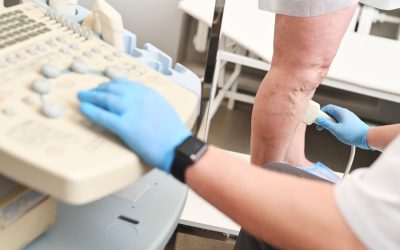When it comes to the health and well-being of millions of Americans, the safety and quality of medications are paramount. Behind every prescription filled and over-the-counter remedy purchased, there is a complex system in place to ensure that these products reach consumers in optimal condition. As a result, many individuals and organizations search for Pharmaceutical Packaging Companies that can guarantee stringent safety and quality standards for medications distributed in the United States.
Rigorous Material Selection and Testing
The foundation of safe and effective medication packaging begins with the careful selection of materials. Packaging must protect pharmaceuticals from contamination, moisture, light, and physical damage. To achieve this, companies conduct comprehensive compatibility and stability tests. Materials like high-density polyethylene, glass, and specialized blister films are chosen for their ability to maintain the integrity of the medication throughout its shelf life. These rigorous tests ensure that packaging materials will not interact negatively with the medication, preserving its efficacy and safety.
Adherence to Regulatory Standards
In the United States, the Food and Drug Administration (FDA) sets strict guidelines for pharmaceutical packaging. Companies must comply with these regulations, which cover everything from labeling requirements to tamper-evident features. By following Good Manufacturing Practices (GMP), packaging companies ensure each product is consistently produced and controlled according to quality standards. This includes:
- Comprehensive documentation of processes and materials
- Regular audits and inspections
- Detailed labeling to prevent medication errors
Adhering to these standards not only protects consumers but also fosters trust in the healthcare system.
Advanced Technologies for Enhanced Protection
The use of advanced technologies is another critical aspect of ensuring safety and quality. Modern packaging solutions incorporate several features designed to prevent contamination, counterfeiting, and unauthorized access. Some innovations include:
- Tamper-evident seals: These make it clear if a product has been opened or altered.
- Child-resistant closures: These help prevent accidental ingestion by young children.
- Serialization and track-and-trace systems: These technologies help verify the authenticity of medications and monitor their journey from manufacturer to pharmacy.
By integrating these technologies, packaging companies provide an additional layer of security and accountability.
Quality Assurance and Continuous Improvement
Maintaining high standards is an ongoing process. Quality assurance teams routinely inspect packaging lines, conduct random sampling, and analyze data to detect any deviations from established protocols. If an issue is identified, corrective actions are implemented immediately to prevent compromised products from reaching the market. Additionally, companies invest in employee training to ensure everyone involved understands the importance of safety and quality.
Commitment to Patient Safety
Ultimately, the goal of these measures is to protect patients. Proper packaging not only preserves the effectiveness of medications but also provides clear information on dosage, administration, and expiration. This helps patients use their medications correctly and confidently, reducing the risk of errors and adverse effects.
In summary, the safety and quality of medications in the United States depend on a comprehensive approach that starts with material selection and extends through regulatory compliance, technological innovation, and rigorous quality assurance. By implementing these practices, pharmaceutical packaging companies play a vital role in safeguarding public health and ensuring that every medication delivered is safe, effective, and trustworthy.


